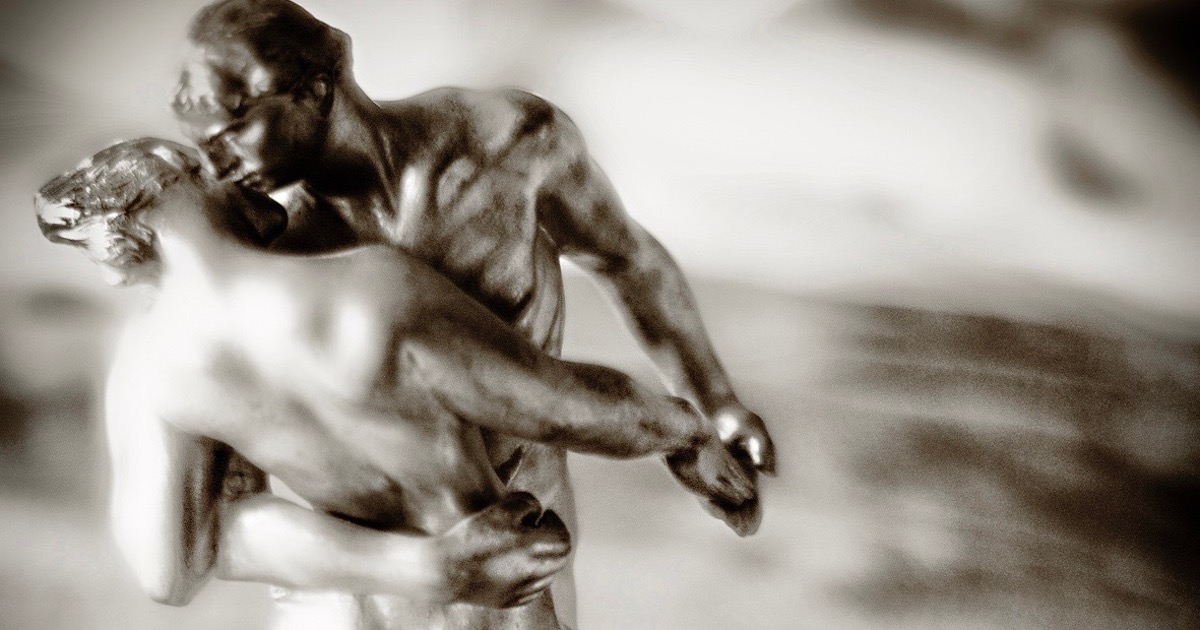 Evolution
Evolution
Who Was John Elof Boodin and Why Does He Matter?


Editor’s note: This essay is adapted from an article by Michael Flannery, “Toward a New Evolutionary Synthesis,” in the journal Theoretical Biology Forum. Professor Flannery’s new book is Nature’s Prophet: Alfred Russel Wallace and His Evolution from Natural Selection to Natural Theology.
Like Ludwig von Bertalannffy whom I wrote about here yesterday, John Elof Boodin (1869-1950) never got the recognition he deserved. Although Boodin’s view that science and metaphysics could mutually inform one another was full of promise, his was an unfortunate era marked by increasing reductionism in science and philosophy, a story rather poignantly told in Charles H. Nelson’s John Elof Boodin: Philosopher Poet (1987). But he does have something important to offer in developing a more meaningful and useful approach to the life sciences.
Although the late Stephen Hawking tells us that “philosophy is dead,” the error of attempting to exclude all metaphysics from science exposed itself decades ago in the failed assertions of positivism (see “The Neo-Darwinian Synthesis: A Fable Told by Ernst Mayr”). As Bernard Phillips noted in 1948, “one of the lessons to be derived from the study of the history of philosophy is that metaphysics always buries its undertakers.” Here the rich thought of John Elof Boodin rises from its premature burial.
“Resoluteness and Beauty”
Boodin was a philosopher of uncommon abilities. A former student of famed pragmatist William James and idealist Josiah Royce (both at Harvard), he was a scholar whose “resoluteness and beauty” shines through all of his work. Boodin’s great skill was as a synthesizer who combined various portions of pragmatism, realism, idealism, and Christian panentheism with a close reading of the science of his day. What emerges is an intellectual framework that is in many ways consilient with Bertalanffy’s — giving special importance to organization, embracing science but not scientism, recognizing the significance of matter without succumbing to materialism, all presented in a holistic context unafraid of the teleological implications, whether immediate or transcendent. In reading Boodin one always gets a tutorial (usually in equal measures) on history, philosophy, and science, all presented in richly textured, often poetic, prose.
It should be pointed out that because Boodin sees biological life as part of a universal whole, what he has to say about biology largely applies to the cosmos as well and visa-versa. Thus his Cosmic Evolution (1925) is precisely that, a view of life that is inextricably intertwined with the micro- and macro-cosmic orders in which it was born and continues to develop. Boodin opposed what he regarded as the magic of special creation, preferring a more nuanced version. But he didn’t support what he considered other forms of magic either, particularly the “magic” of chance as the fundamental cause of biological life and its diversity.
Still Awaiting a Satisfactory Explanation
The problem of newly created forms in biology has yet to receive a satisfactory explanation, especially since most effects of natural selection are negative, involving not the addition of features but their subtraction. This has been confirmed in Michael Behe’s loss-of-function mutations as the “first rule” of adaptive evolution. Furthermore, Boodin argued that the progressive order witnessed in paleontology shows a much more orderly process than chance could explain. This steady direction toward useful adaptation (what Bertalanffy called anamorphosis, the tendency in evolution from lower to higher forms not identical but similar to orthogenesis) cannot be seen or explained stochastically. That is because the process has fewer blind alleys than chance would normally produce.
Boodin is clear: under any Darwinian scenario “mechanical causes” are emphasized: “Chance rules supreme. It despises final causes.” Darwinism simply “runs on like some old man’s tale without beginning, middle, or end, without any guiding plot.” But the avenue of vitalism is a cul-de-sac of speculative mysticism, no better. Bergson’s élan vital, for example, contains mysteriously within it all of evolution’s potencies, the environment furnishing “merely the resistance which makes the vital impulse split up, like a sky rocket shot in the air, into its inherent tendencies,” and, therefore, “is scarcely less mechanical” than the Darwinian theory it seeks to criticize.
Although there is no evidence that Bertalanffy knew Boodin or vise versa, the many connections between their teleological, holistic, synergistic, and systematic views of nature remains one of those fascinating synchronicities of science (not unlike Alfred Russel Wallace’s independent discovery, along with Charles Darwin, of the theory of natural selection). They clearly point the way to an evolutionary theory freed from Darwinian positivistic and methodological constraints. For the full story, see “Toward a New Evolutionary Synthesis.”
Image: The Waltz (sculpture), by Camille Claudel [GFDL, CC BY-SA 4.0 or Public domain], via Wikimedia Commons.
